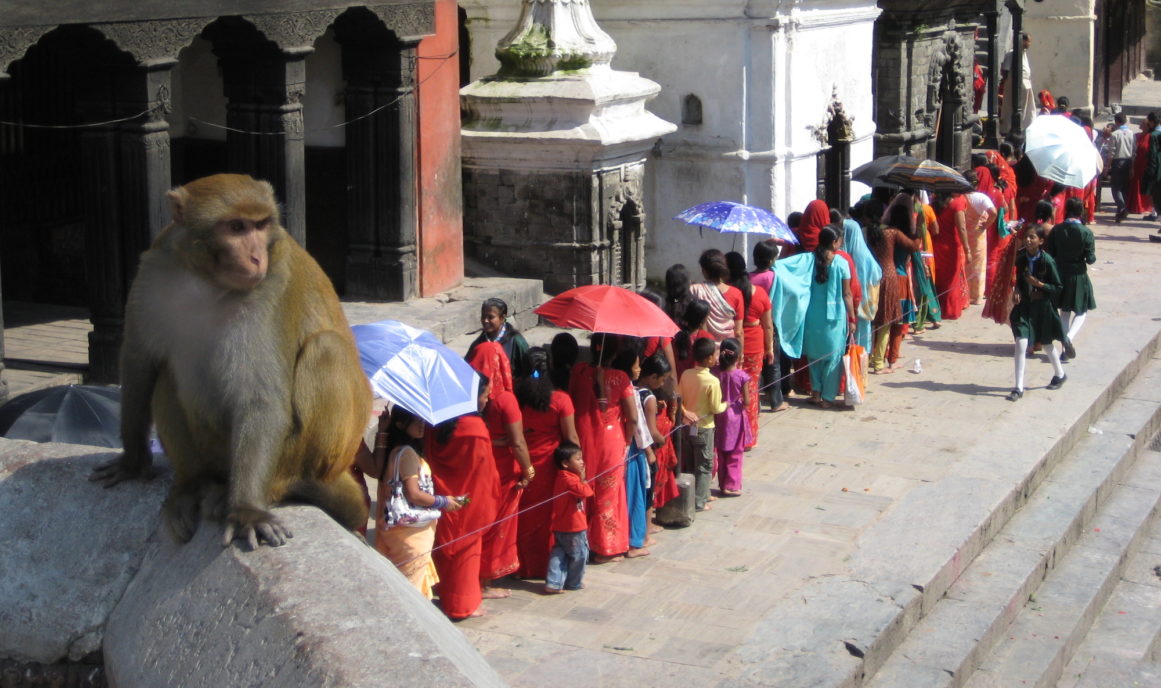What’s it like working at Levi’s in Asia for 17 years? If you ask Levi’s Vice President of Brand Marketing Neil Pryde, it’s ideal. Pryde gets to travel extensively throughout the continent and engage with emerging—and well-established—retail markets. Best of all, he gets to immerse himself in the world of Levi’s every day.
While Asian markets can be challenging for American denim brands (they have to contend with the raw Japanese denim-craze, after all), it’s also, according to Pryde, incredibly rewarding. “Appreciation of denim culture is deeper in Japan than the rest of Asia (and most of the world!),” he says, which means there’s a deep-seated appreciation for Levi’s and its rich history.
In fact, marketing in Asian markets has taught Pryde about new emerging technologies, the nuances of the Asian denim consumer and it has solidified his understanding of the truly global love for Levi’s.
Unzipped caught up with the executive to learn more about his dynamic job and how he markets Levi’s in Asia:
UNZIPPED: Tell us about your background and how you became an expert in marketing and advertising, specifically in the Asian market?
NEIL PRYDE: I have had the fortune to live and work in Asia for the last 17 years in dynamic cities such as Hong Kong, Beijing, Sydney and Singapore whilst working for top ad agencies, Apple, VF and now I am delighted to be part of the team to help Levi’s reconnect with the soul of the brand again (I’ve been with Levi’s for 8 months.” Spending time on planes and constant work travel is a hardship to most, but I see this as an opportunity to connect with consumers, trends and the creative community across the most diverse region on the planet. Putting consumers first is critical in marketing so working with local teams in countries to absorb, learn and listen is essential. This helps me to connect the global marketing direction to the local business needs whilst simultaneously using these insights to help the global teams to further develop strategy and creative development—putting consumers at the center of everything we do, always.
What are the biggest challenges in the Asian market?
There are many, but the sheer scale and diversity of the Asian market is the biggest challenge. The differences in culture, language, religion, climate all have a huge impact on how we go to market at Levi’s. The digital world is breaking some geographic barriers down but then the maturity of Internet bandwidth and smart phone penetration, for example, is widely different from one country to the next in Asia. A further challenge is the speed of change in Asia. There are new competitors, new digital platforms, new shopping behaviors, new trends, and new cities emerging at every turn. Surprising maybe to some, but China has the most sophisticated social media platforms in the world and the linkage between these and commerce is just on the tipping point of exploding. So rather than think of challenges and differences, it’s always more productive to think of the opportunities and similarities.
Are there certain products or styles that are more popular in Asia than America or Europe?
It is critical to understand our consumer’s intimately – their needs, behaviors, attitudes and motivations. Levi’s is investing a lot of energy into this and we are learning more about how to connect and engage with our consumers as well as how to design for them. What we are seeing is a desire for more embellished product for women in many of our Asia markets, whilst denim innovations such as our Revel jeans have faired very well. On the men’s side, we have seen the 511 as being very popular and with the launch of 501CT next year, we are optimistic that this will be a relevant fit for our iconic product with a slightly younger consumer.
What do you see as the future of the Asian market?
The overall Asian economy is not as buoyant as it used to be a few years ago, but there are still decent growth patterns here and it’s a huge opportunity for Levis. Asia is very quick to adapt to new technology and I think this is the area that will most impact and shape the market here. The impact of technology is likely to shape and change the role of retail in people’s lives. In the past, people used to research online then buy in store, but today the reverse is true. This has an impact on the role of our physical stores: they need, more and more, to be places where consumers have a superb and deep experience with our brand. From a Levi’s perspective, we want consumers to have a fun, informative and engaging experience in our stores so they can learn about denim, our iconic brand, and our products through our staff and interactive digital creative assets. This is just the tip of the iceberg in terms of the role technology will have on retail and consumers will undoubtedly have different expectations on brands. Brands need to ensure they are well placed to meet them.
How will Live in Levi’s show up in Asia?
We are very excited about the new Live in Levis campaign and to bring it to life in Asia in ways that resonate and connect emotionally with our consumers. We have been working very closely with the global marketing team on planning the launch and we are complementing the global creative work with local Live in Levis photography shoots in India and China. We have ensured that local Asian creative influencers are incorporated into the global social media film, which tells the story of how these opinion leaders live their lives in their Levi’s, which in turn will inspire our consumers to share their own stories. Across all the Asian countries, we will have great media presence with a deep digital connection whilst ensuring local relevance by bringing the campaign to life with local creative influencers and activation programs which will actually reward people for living their lives in Levis. We will mirror the rest of the world by launching a campaign that is both inspiring and inclusive.
Are the channels that you advertise on different than in Europe or America? How and why?
We try and seek similarities rather than differences and the main commonality is that we need to bring the campaign to life in ways that genuinely connect with real people’s lives. This is where our consumer insights are used to ensure relevancy in terms of media choices.
Live in Levis is about feeling life, feeling connections with others, feeling the thrill of taking risks and having the confidence to embrace the possibilities ahead – knowing that what you are wearing is part of the feeling. It’s born from the universal truth that when you look and feel your authentic best, you live and feel more. We are connecting with local creative opinion leaders that embody these values to help inspire consumers to participate in our campaign by sharing their stories of living in Levi’s. Digital media and varying social platforms across Asia will be widely used to make these connections and be the fuel to ignite the campaign.
Denim is huge in Tokyo—where are the other popular regions for denim buying in Asia?
Appreciation of denim culture is deeper in Japan than the rest of Asia (maybe the world!). There are some vintage stores popping up in interesting pockets of Beijing and this will very quickly spread in China as everything moves quickly as previously highlighted. There are some great denim stores in Hong Kong and a few scattered elsewhere but in general the mainstay of the region consumers do not have an emotional connection with denim. Denim is like wood and leather in that it changes over time and evolves with the person who wears the jeans and how they live their life. Levi’s are perfectly placed with our Live in Levis campaign to engage this emotional connection with denim and consumers – jeans are NOT just another pair of trousers to pull on the morning!
How does a marketing and advertising guru such as yourself spend a typical day on the job?
There is no typical day at Levi’s and certainly not in this dynamic part of the world. I spend a lot of time traveling around the region just trying to keep up with all that is changing and evolving and connecting with business leaders in markets to ensure our marketing is as relevant and strong as it can be. Time zone differences mean that I am on calls with our friends and colleagues in San Francisco at strange times of the day and night and on the occasional downtime I get at home in Singapore, I like to slow things down, head to the beach and eat the local seafood.







